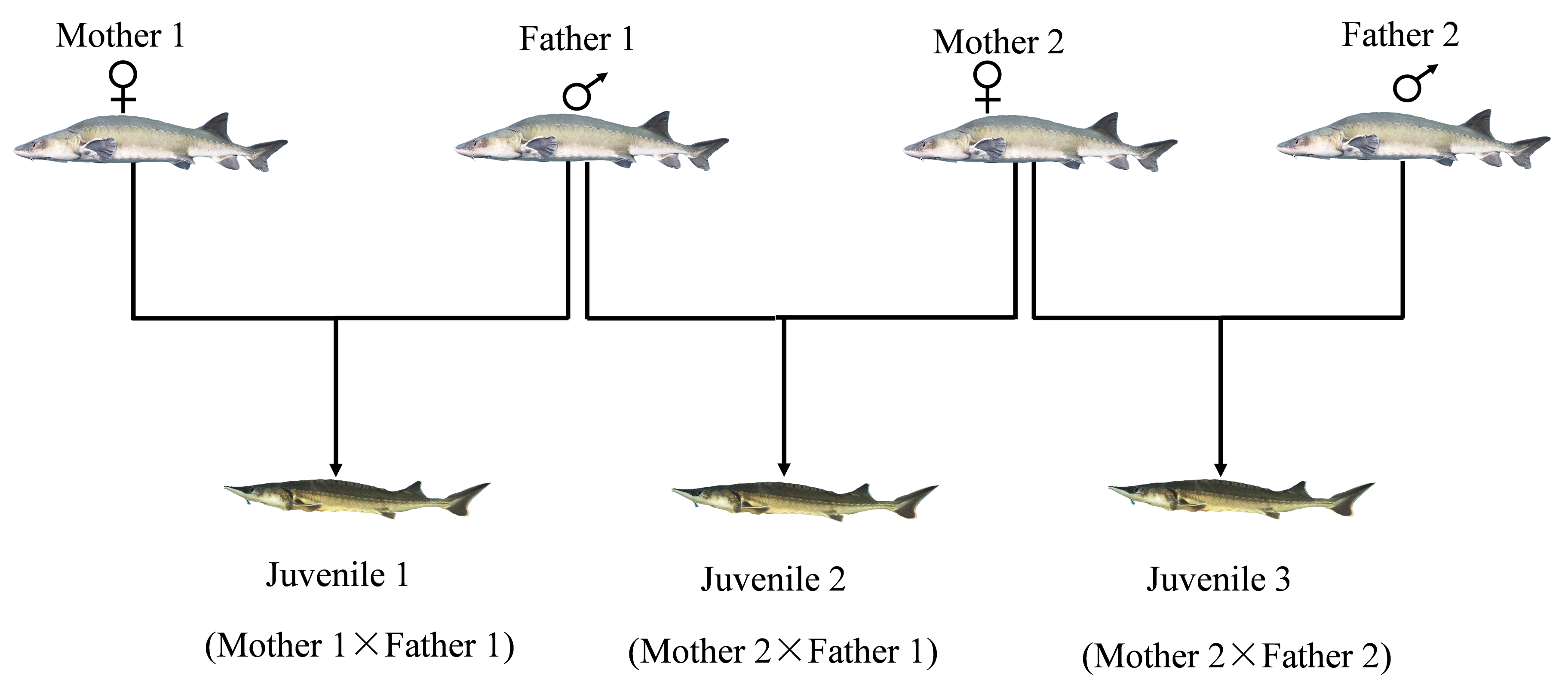Understanding the reproductive strategy in the endangered Chinese sturgeon
Published 15 March, 2023
The Chinese sturgeon (Acipenser sinensis) is the largest anadromous fish in the Yangtze River and is considered a critically endangered species with only one spawning ground. Additionally, it has failed to spawn in recent years (2013, 2015, and 2017-2022), pushing the species to the brink of extinction.
In conservation ecology, understanding the reproductive strategies of endangered species is critical as it directly affects their population performance under changing environmental conditions. In the case of the Chinese surgeon, however, the species' mating system, breeding interval and reproductive success remain largely unknown.
To that end, a team of researchers in China conducted kinship analyses using molecular DNA data from 216 wild juveniles collected over nine years (2006−2013, 2015). They found that the Chinese sturgeon is a polygynandry species, with some parents contributing up to eight half-sibling juvenile genotypes.
“Furthermore, despite their spawning ground being limited to a small area, genetic diversity remained relatively high, with observed heterozygosity ranging from 0.698 to 0.787, expected heterozygosity from 0.763 to 0.787, and haplotype diversity from 0.440 to 0.520,” explains Dan Yu, lead author of the study.
The researchers also found that inbreeding coefficients in each year-class ranged from 1 to 9%, indicating low to modest detrimental effects on offspring.
“Parental inference analysis revealed that this species has a breeding interval of between two to six years, allowing it to feed, accumulate nutrition in the ocean, and then migrate back to the Yangtze River for iteroparous reproduction,” adds Yu.
During the study period, the annual effective number of breeders in the Yangtze River ranged from 14−161, with a 62.1% decrease observed in the 2011−2014 year-classes. “This sharp decline in population likely contributed to the recent reproduction failure; however, the ratios of effective to census population size were all larger than 0.20 after the 2010 year-class, indicating relatively even reproductive success,” shares Huanzhang Liu, corresponding author of the study.
Based on their findings, the researchers suggest a three-pronged approach to protect this critically endangered species; restocking parent fish to increase the reproductive stock size, optimizing the discharge of the Three Gorges Dam to reduce unsuitable hydrological conditions, and rehabilitating spawning ground habitats.
Image:

The pictures of Chinese sturgeon are cited from the manual of Species Identification for Cultured Sturgeons in China.
Contact author name, affiliation, email address:
Dan Yu, Institute of Hydrobiology, Chinese Academy of Sciences, Wuhan, Hubei, 430072, China, yudan@ihb.ac.cn
See the article:
Dan Yu, et al. Novel insights into the reproductive strategies of wild Chinese sturgeon (Acipenser sinensis) populations based on the kinship analysis. Water Biology and Security, 2023, 100134. 10.1016/j.watbs.2023.100134.

